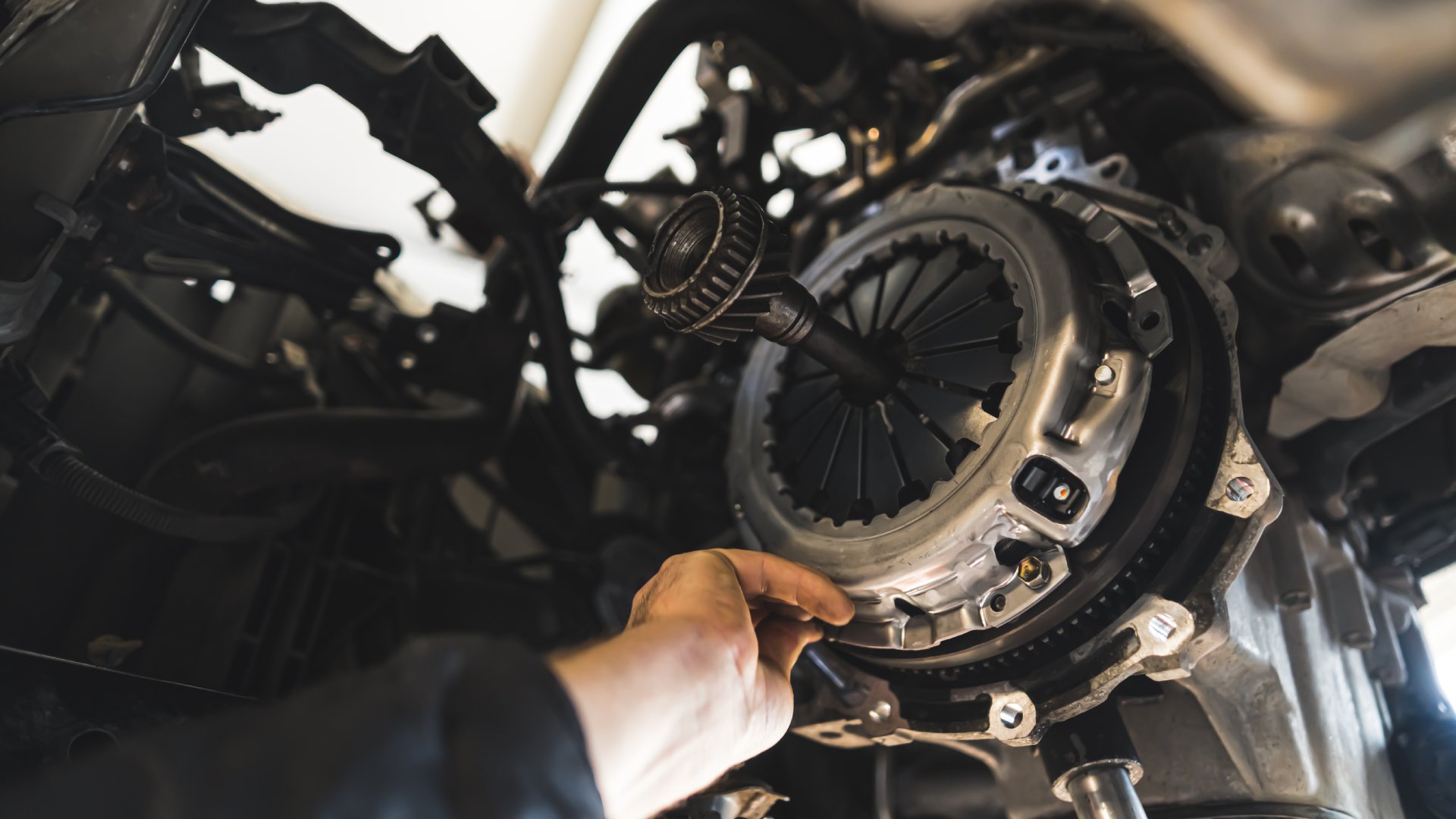Maintenance for Your Car’s Clutch You Can Do Yourself

Your car’s clutch system works hard every time you shift gears, transferring power from the engine to the transmission to control speed and direction. Regular maintenance is essential to keep it running smoothly and to avoid costly repairs.
While many drivers wait until their clutch fails, simple maintenance can significantly extend its lifespan and save you money. Below, we’ll go over vital maintenance for your car’s clutch that you can do yourself with basic tools and some mechanical knowledge.
Spotting Clutch Problems Before They Worsen
Early detection can prevent minor clutch issues from turning into major problems. A slipping clutch is one of the most obvious signs. If your engine revs without a corresponding increase in speed when you press the accelerator, it’s likely due to a worn clutch plate.
Other warning signs include unusual pedal feel. A hard or spongy clutch pedal could indicate issues with the clutch cable or hydraulic system. If the pedal feels stiff or sinks to the floor without resistance, investigate further.
DIY Clutch Maintenance
You can perform basic maintenance on your car’s clutch yourself to prevent these problems from cropping up. Adjusting your clutch cable (for mechanical clutches), maintaining the clutch fluid, and cleaning clutch components go a long way to preserving your vehicle’s clutch.
Inspecting and Adjusting Your Clutch Cable
Cars with mechanical clutch systems rely on a cable to connect the pedal to the clutch mechanism. Over time, this cable can stretch and will require adjustment to maintain proper engagement. You’ll find the clutch cable under the hood, usually running from the firewall to the transmission. Inspect it for any signs of wear, such as fraying, kinks, or corrosion, which could affect its performance. Most cables have an adjustment nut to fine-tune the tension.
Maintenance for Hydraulic Clutch Fluid and Lines
Most modern vehicles feature a hydraulic clutch system that relies on brake fluid to transfer pressure from the pedal to the clutch mechanism. Regularly check the clutch fluid reservoir, near the brake fluid reservoir under the hood, and ensure the fluid level is stable. Low levels typically mean you have a leak. Replace clutch fluid every two years or as recommended by your vehicle’s manufacturer.
Another common issue for hydraulic clutches is air bubbles getting into the lines, creating a spongy pedal feel. To remove the air bubbles, you’ll need to bleed your hydraulic clutch lines.
Cleaning Clutch Components
Like everything with cars, clutch components work better when they’re clean. Vehicle owners can clean clutch components by first ensuring the engine is off, and the car is in a safe, stable position. Begin by gently removing dust and debris from the clutch assembly using a clean, dry cloth or compressed air.
If necessary, use a mild brake cleaner to remove grease or grime from the clutch plates or flywheel. Proper cleaning prevents contamination, which causes slippage and uneven wear, ultimately ensuring smoother gear transitions and improving overall driving safety.
Taking Action for Long-Term Clutch Health
Regular clutch maintenance is key to preventing failures and extending component life. Perform monthly checks, and address issues promptly to avoid costly repairs. While basic maintenance keeps your clutch reliable and catches problems early, some issues, such as worn clutch plates, damaged pressure plates, or internal transmission problems, require professional diagnosis.







